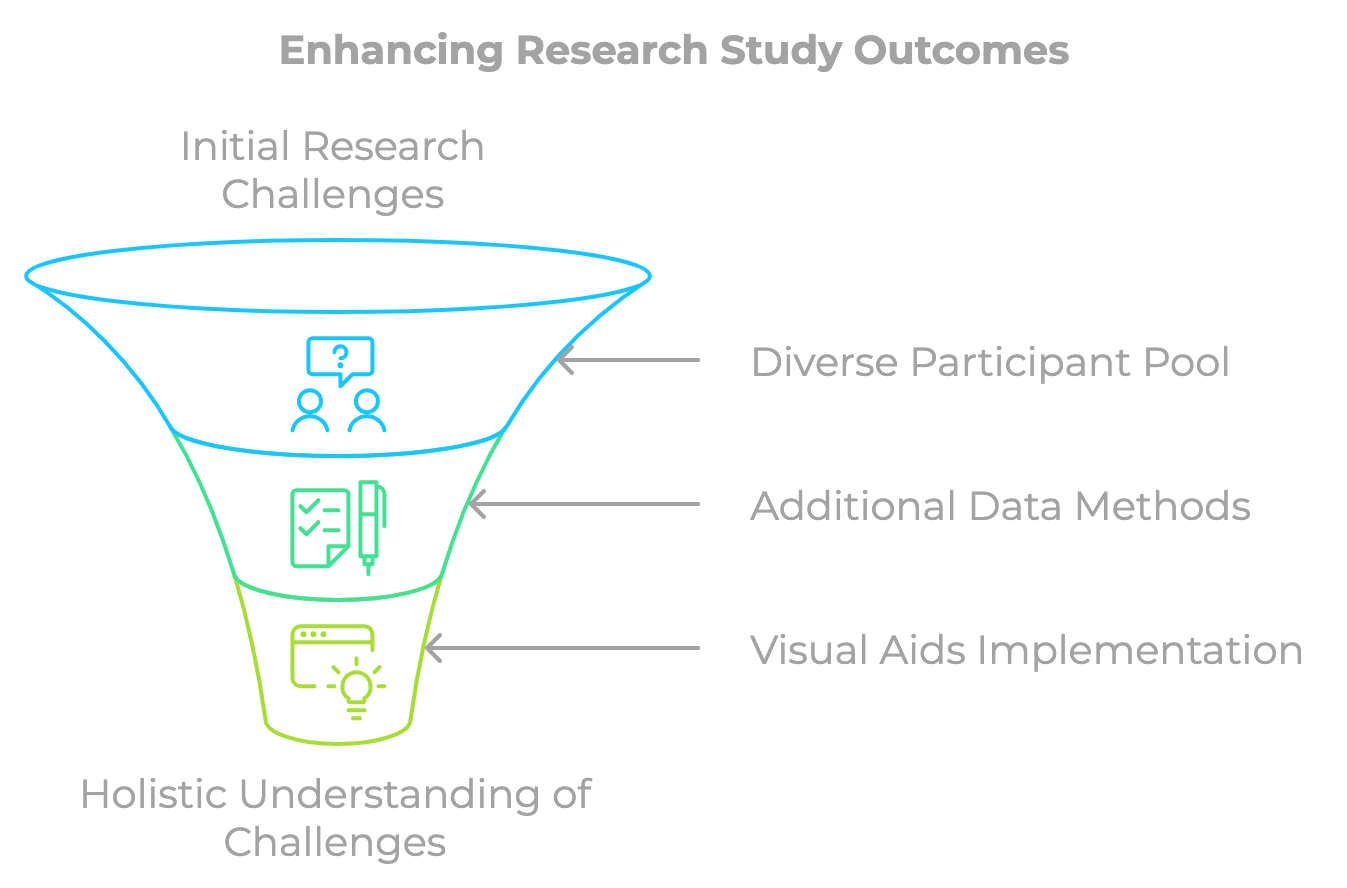Background
SmartRecruiters is a dynamic and innovative talent acquisition platform designed to streamline the hiring process for companies of all sizes. Built on the vision of enabling organizations to find, attract, and hire the best talent efficiently, SmartRecruiters offers a comprehensive suite of tools that enhance collaboration between hiring teams and create a seamless experience for candidates. SmartRecruiters empowers businesses to optimize their hiring strategies and achieve measurable hiring success.
context
Within the SmartRecruiters platform, the workflow management feature serves as a pivotal element, streamlining and optimizing the hiring process. This robust feature is designed to orchestrate the entire lifecycle of recruitment, offering a systematic approach to talent acquisition. From initial job requisition to candidate sourcing, screening, interviewing, and final selection, the workflow management feature provides a structured framework for recruiters and hiring teams.
With customizable workflows, SmartRecruiters allows organizations to tailor the recruitment process to their unique needs, ensuring flexibility and efficiency. The feature facilitates seamless collaboration among team members, providing transparency into the hiring pipeline and enabling real-time tracking of candidate progress. SmartRecruiters' workflow management is a powerful tool that empowers organizations to enhance their hiring strategies, reduce time-to-fill, and secure top talent effectively.
Problem
Despite the robust capabilities of the SmartRecruiters workflow management feature, user adoption has remained disappointingly low, failing to align with our strategic business objectives. This disparity between the tool's potential and its actual utilization highlights a critical challenge that needs immediate attention. To optimize our recruitment processes and enhance overall efficiency, it is imperative to address the factors hindering widespread adoption, thereby unlocking the full value of this powerful feature.
Goals
1. Identify User Pain Points: Conduct user research to understand barriers to adoption, such as complexity or unclear benefits, and address these specific issues.
2. Enhance Usability and Design: Simplify the workflow management interface to make it more user-friendly and aligned with daily recruitment needs.
3. Measure and Refine: Track user adoption metrics and gather feedback to continuously improve the feature.
Methodology
I chose to conduct semi-structured interviews because they would provide flexibility and structure. This approach enables participants to express their thoughts freely, while ensuring key topics are covered, making it ideal for gathering rich and varied qualitative data.
Participants
To enhance the efficiency and user experience of SmartRecruiters' workflow management feature and adoption, I conducted a comprehensive research study involving 12 participants. The primary objective was to identify user pain points, understand existing gaps within the feature, and delve into the reasons hindering optimal utilization of the product.
Key Findings
During insightful conversations with our valued customers, several pivotal pain points emerged, spanning both sessions:
1. Conditional Filtering Rules: The absence of if/then or and/or conditions hampers the operational flexibility of workflow steps.
2. Org/Job Fields: Limitations in varying workflow triggers based on organizational and job fields restrict customization possibilities.
3. Move Forward/Reject Dilemma: Dependency on star ratings for moving or rejecting candidates proves challenging, especially in organizations struggling to establish a universal rating system.
4. Tasks Management Woes: Tasks generated actions or reminders instead of seamless automatic completion. Task notifications often go unnoticed, creating challenges when recruiters are inactive.
5. Message Constraints: Sending messages to candidates faces limitations due to restricted access to merge fields, reliance on email-only communication, and limited filtering rules affecting message delivery timings
Insights & Implications
The research highlighted several key pain points impacting the user experience and operational efficiency of workflow processes. The lack of conditional filtering (if/then or and/or rules) limits flexibility, while constraints on workflow triggers based on organizational and job fields restrict customization. Additionally, the over-reliance on star ratings for candidate decisions causes challenges, particularly in organizations without a standardized rating system. Ineffective task management, coupled with limited messaging capabilities, further complicates recruiter workflows. These insights underscore the need for enhanced flexibility, automation, and communication tools to improve overall user satisfaction and efficiency.

Next steps
With the user research phase now concluded, the next steps involve transitioning into the ideation process. Leveraging the valuable insights gathered, we will brainstorm and explore creative solutions to address the identified problems. This stage will focus on sketching, prototyping, and testing potential design concepts, ensuring that the solutions align with user needs and business goals.
Reflective Learnings
Conducting the research study presented several challenges, particularly in obtaining a comprehensive understanding of the diverse pain points within the SmartRecruiters workflow management feature. One of the primary difficulties was ensuring the semi-structured interviews captured the full scope of issues faced by users, as participants' varied roles and experiences introduced complexity. Some users found it challenging to articulate technical problems, limiting certain discussions' depth. The reliance on a small sample size (12 participants) also constrained the generalizability of the findings.
To improve future research, a more diverse participant pool and additional data collection methods—such as surveys or usability testing—could be incorporated to triangulate the insights and ensure a more holistic understanding of user challenges. Also, incorporating more visual aids or scenario-based questions might have helped participants better articulate specific pain points.
Let's Connect
Great connections are made over coffee. Sign up today to have a coffee chat vitural or in person.